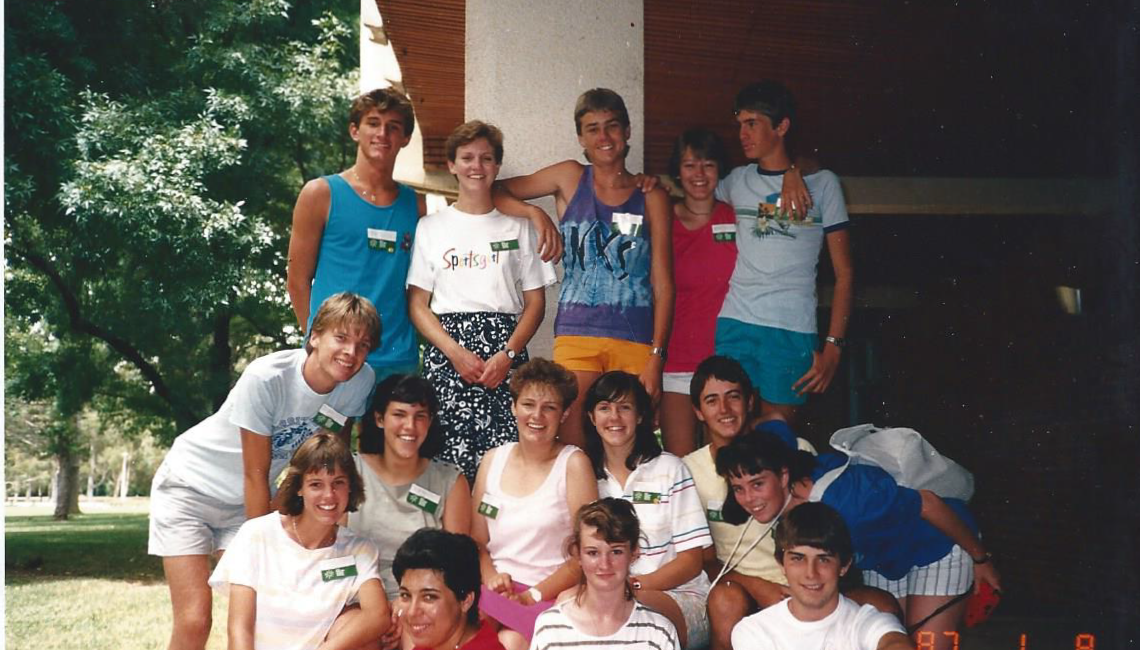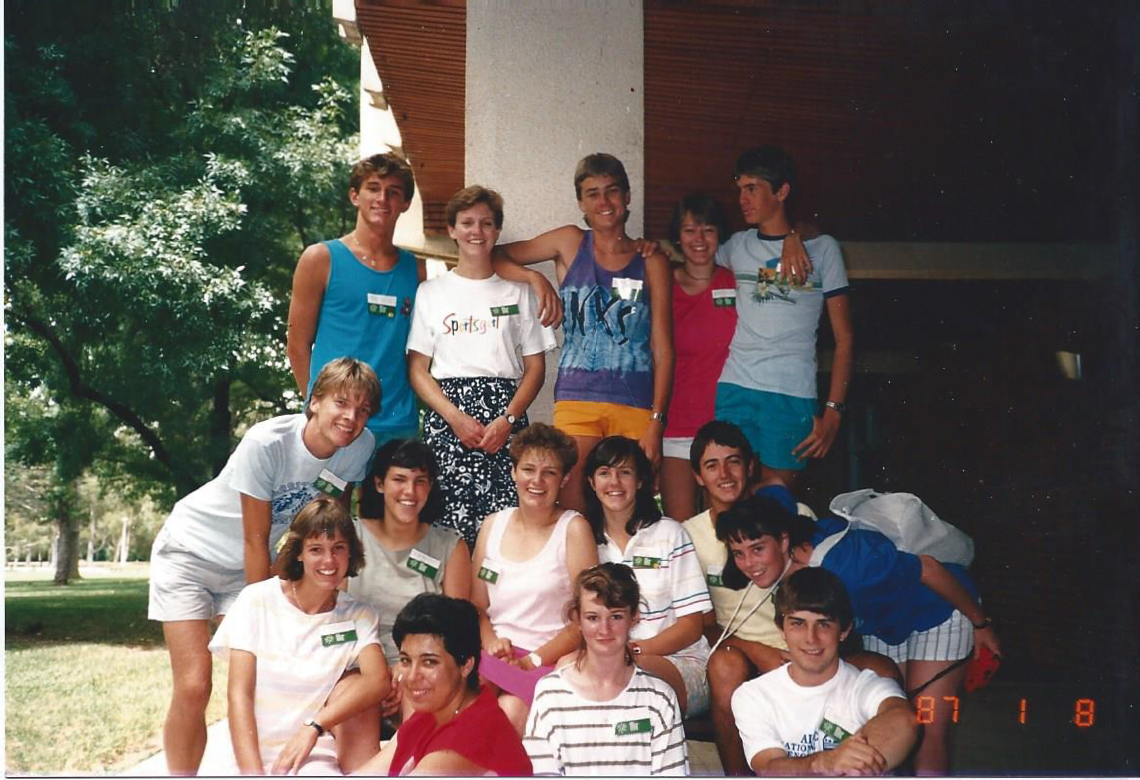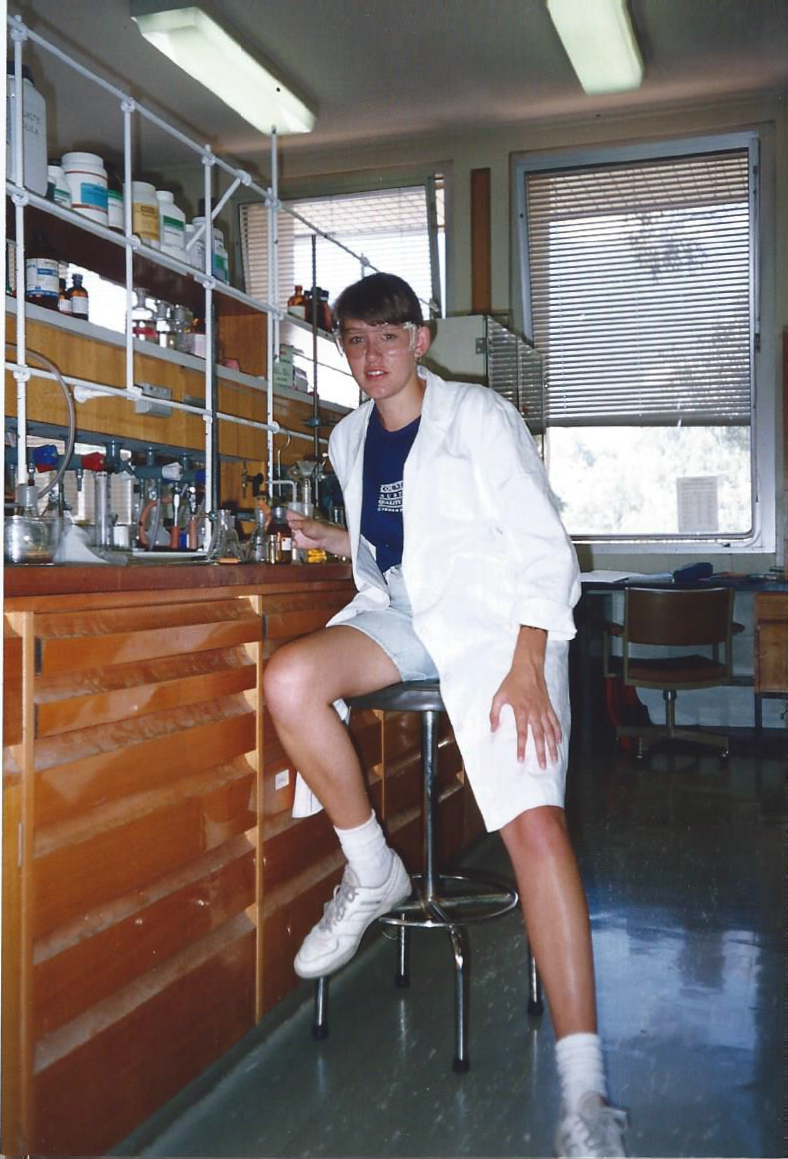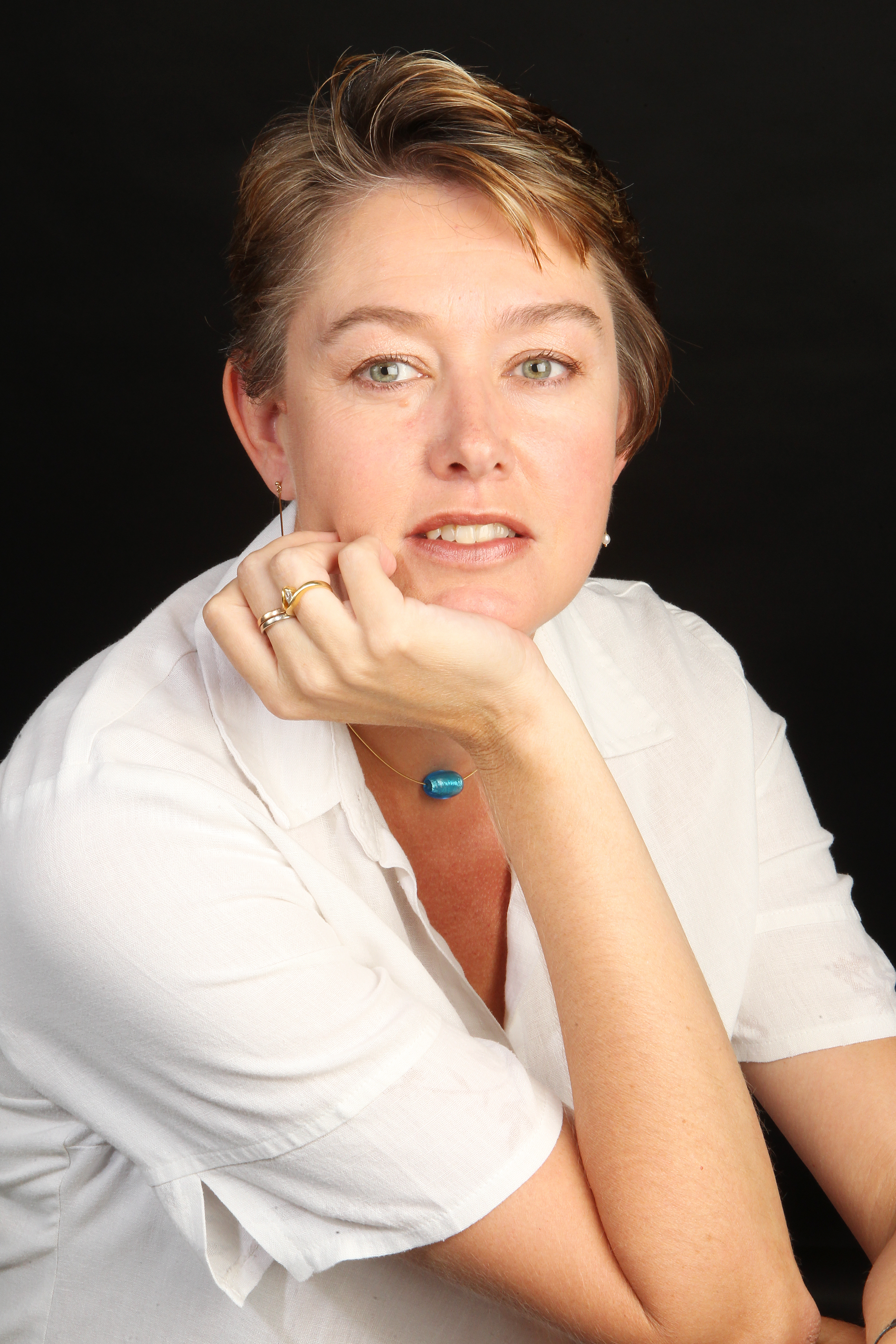
My advice? Stay open to the possibilities. Outside of your comfort zone is where the magic happens.
This weeks alumni article comes not from a NYSF alumna, but a National Science Summer School alumna, as we were formerly known until 1995! Kitty Drok takes us through her career since attending the NSSS, and shares with us some classic 80's photos of her during the 1987 Year 12 Program.
"I’m Kitty Drok, and I never went to the NYSF! My eyes were opened to the bigger scientific picture when I attended the National Science Summer School (NSSS), as the NYSF was then known, in 1987. Two weeks in Canberra on the other side of the country from my family and friends in Perth, exploring what a career in STEM might really mean with a bunch of like-minded year 11 students from around the country. It was a step into the unknown, but it was a blast!
I was already fairly focused on chemistry, and within the chemistry program at the NSSS I saw what Canberra’s scientific facilities had to offer, what some of its scientists actually did, and got involved in discussions and think tanks about the broader implications and responsibilities of STEM in the wider community. It definitely opened my mind to the possibilities.

I ended up doing a double chemistry degree at UWA, with as much maths and physics as I could possibly cram in alongside. Research beckoned, but I decided I’d likely learn much more if I moved out of my comfort zone at UWA. As a result of my NSSS experience, I had the confidence to apply for and get a nine-week summer research scholarship at the ANU between my third and Honours years. An entire summer doing research in the postgraduate chemistry laboratories at the ANU, working out if that was what I really wanted to do with my career.
It was another invaluable and formative experience in Canberra, and it made it much easier for me to take the big step and undertake a PhD at the ANU once I’d completed my Honours year.
One thing I’d never stopped to think about when pursuing my scientific passions was whether there would be a job for me at the end of it. I’m a Perth girl, and I ended up back in Perth with a skill set perfect for pharmaceutical development and drug discovery. Shame there’s none of that industry in Perth to speak of, or at least there wasn’t in the 1990s. I was given the opportunity to move into hydrometallurgy and minerals research (I asked myself briefly how hard would it be for a synthetic organic chemist? Another step out of the comfort zone…), and worked on aspects of gold and alumina processing for the following six years.

My career took a bit of a turn at that point. I was looking for more variety, more flexibility and more creativity than I was getting in my research work – research is inherently slow! I’d also like to think that my experiences at the NSSS made me think a little harder about where research sits in society, its impacts and consequences.
I made the biggest leap into the unknown of my career, and moved into scientific writing and technical editing, started my own freelancing business. Scary as hell and no money to speak of for the first two years, but I’ve never looked back. Having been on the research side of the fence, it’s very easy to still speak that language, but bring in an outside perspective.

It’s almost 19 years now that I’ve been writing about STEM, helping others publish their work, secure funding, get their research outputs into the places they’ll be most useful, and get acknowledged for their efforts. I’ve helped make an Order of Australia, a Eureka Award, and other State and National awards happen, to lift the profile of amazing researchers and their research. I’ve written part of the definitive manual on how to run an alumina refinery, and created teacher notes for excursions at interactive science museums. I’ve even worked Marvel’s Iron Man superhero into a serious story about biorobotics, and mentioned chlamydia screening in a business Christmas card! It’s all the variety, creativity and flexibility I ever wanted in my career, while still filling my brain with the complexity of so many different research fields within STEM. I’m always learning.
I sit at the nexus of where research meets the outside world, and couldn’t be happier in my career. My advice? Stay open to the possibilities. Outside of your comfort zone is where the magic happens."